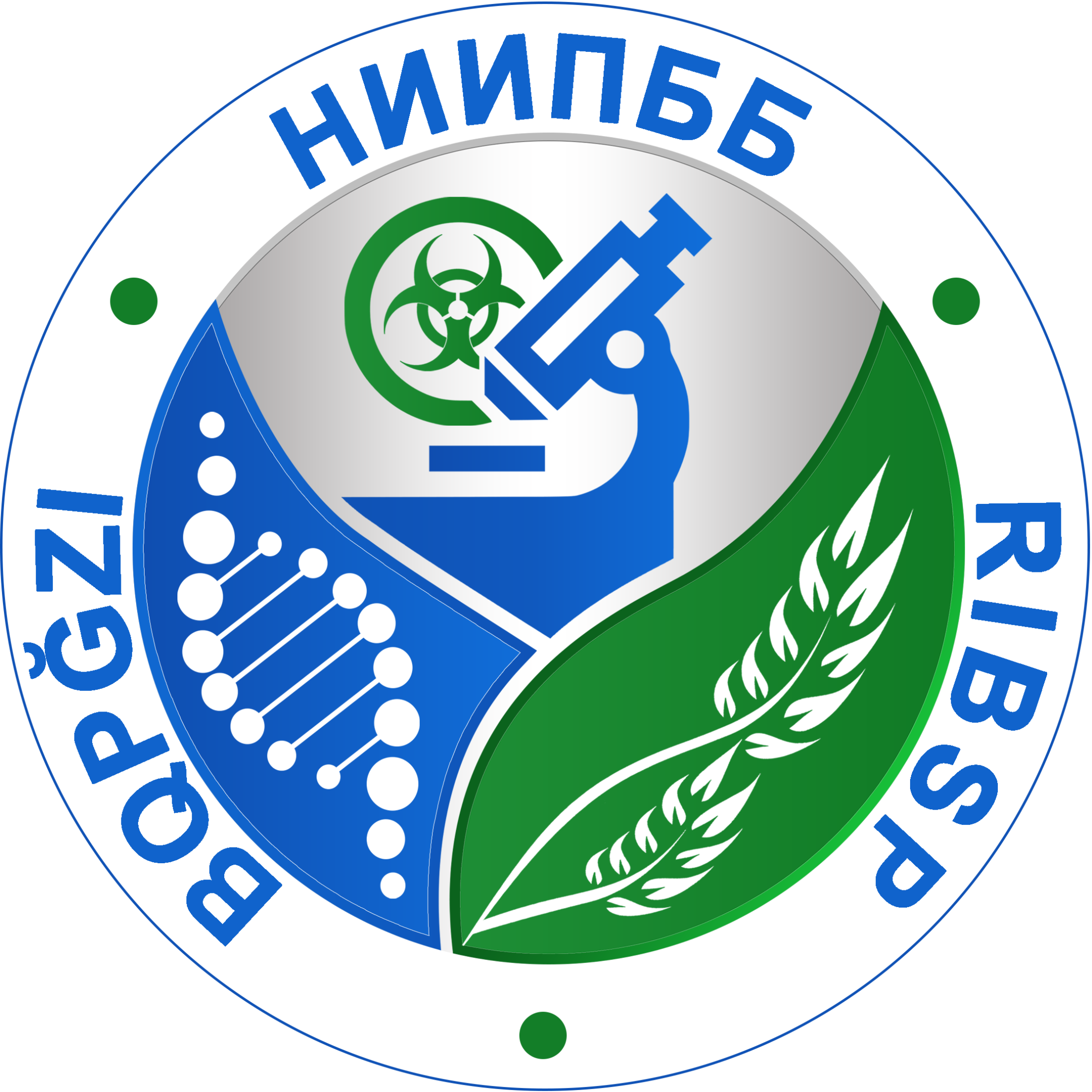The creation of a Kazakh vaccine against COVID-19 by the Research Institute of Biological Safety Problems of the Ministry of Education and Science of the Republic of Kazakhstan has become evidence of the capabilities of Kazakh science and our virologists.
In addition, the creation of KazVac is a success story, a success story of the state scientific, technical and innovation policy.
Do we still have examples of breakthrough innovative projects in the country? We discussed this and other issues with Vice Minister of Digital Development, Innovation and Aerospace Industry of the Republic of Kazakhstan Azamat Batyrkozha.
– Azamat Baykuanyshuly, the creation of a Kazakh vaccine is a logical result of many years of effective work rather than the product of the magic word “it is necessary” when all possible forces and means are mobilized?
– Unfortunately, the history of the creation of a domestic vaccine is the very exception that confirms the rule. And therefore it deserves careful consideration. Let’s leave aside all the “medical” aspects of the issue, focus on the managerial ones. So, the awareness of the pandemic as a very serious threat led to the adoption of a political decision on the need to create a domestic vaccine. The task was set very specifically – a vaccine is needed. The case, we admit, is extraordinary in the domestic practice of public administration. Usually, our response to various kinds of challenges and threats is to create an interdepartmental working group, hold meetings, make proposals that take into account the interests of each department, develop an agreed position reflecting the hardware weight of managers and the special position of the Ministry of Finance. As a result, a concept, or a long-term program, or another document of the state planning system is adopted. And the result of the work is expressed in the number of activities carried out and the amount of money spent.
– But in the case of KazVac, as we can see, everything was somewhat different?
– The money was allocated promptly and in the required amount. Yes, of course, the construction of a vaccine production plant went the same way as any construction in our country: the deadlines were disrupted, the cost of construction increased by 1.6 billion tenge. But in general, the issue was solved.
By the way, at the beginning of this year, the Organization for Economic Cooperation and Development, whose norms and rules Kazakhstan is guided by and whose advice it listens to, published an annual report on science, Technology and innovation policy OECD Science, Technology and Innovation Outlook 2021: Times of Crisis and Opportunity.
The report provides an overview of scientific, technological and innovation policy in the context of a pandemic, as well as practical recommendations for improving the effectiveness of this policy. And they begin with the following: “the current crisis serves as a reminder that politics should be able to direct innovative efforts to where they are most needed.”
It is not by chance that the authors of the report use the word “reminder”. After all, we are talking about a well-known prioritization.
– Apparently, the time has come not to take advantage of the reminder, but to learn a lesson from the vaccine situation and pay attention to R&D in general?
– This approach works – we were convinced of this by the example of creating a vaccine. It will have an effect in the future – when we begin to increase the amount of R&D funding. Today we spend 0.12% – this is unacceptably small. According to this indicator, we lag behind not only the leaders of the rating – Israel and South Korea, where R&D spending is approaching 5% of GDP. We are also lagging behind Rwanda (0.7%), Vietnam (0.5%), and Namibia (0.3%).
Thus, we strengthen our status as a supplier of raw materials to foreign markets, that is, for more developed economies. At the same time, the state of our economy will continue to depend not on government decisions, but on oil quotes on the New York Stock Exchange and on the situation on the London Metal Exchange.
– The eternal question arises – what to do?
– If we adopt a program to gradually increase R&D spending to 1% of GDP by 2025, we will be able to annually allocate additional money to solve priority tasks to increase the competitiveness of basic industries and create new ones for practical, non-declarative diversification of the economy.
The 1% of GDP for R&D established by the President of the Republic of Kazakhstan K.-Zh. Tokayev by 2025 will significantly strengthen our scientific, technical and innovative potential. But in order to reach advanced and new high-quality positions within the knowledge-intensive economy, 1% should be considered as the first stage on the way to further increase R&D spending to the “leading” 3-5% of GDP on R&D.
The fundamental point is that the allocation of resources and the creation of the necessary conditions should follow the same pattern as when creating a vaccine. That is, the managerial program-strategic approach should give way to operational and directive scientific and technological project support.
This will allow us to:
first, to build a long-term strategy for the technological development of key sectors of the Kazakh economy;
secondly, to create conditions (including financial ones) for cooperation between science, business and development institutions around priority projects;
thirdly, to increase the efficiency of development institutions, optimize costs.
There is another very important point of. It is in order for resources to be allocated for something really important and necessary things, it is not officials who should be engaged in determining the priorities of scientific and technological policy in industries, but specialized specialists, scientists and practical experts. However, this is a separate topic, and it deserves a separate serious conversation.
– Thank you for the conversation!
– – Thank you!
https://inbusiness.kz/ru/news/kazahstanskaya-vakcina-urok-prioritizacii
